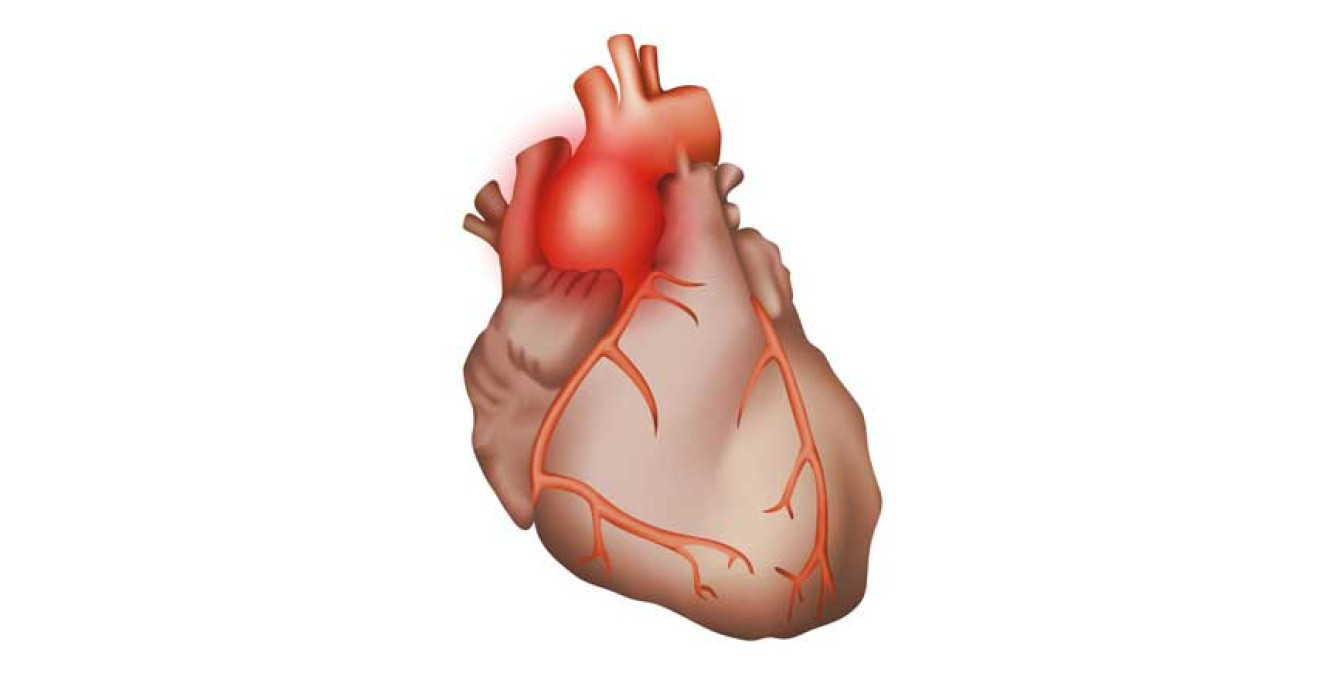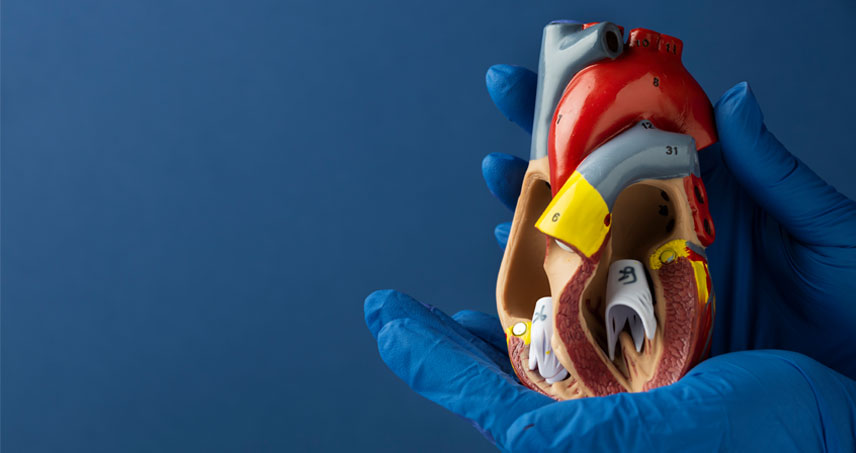
Aortic Aneurysm (Enlargement)
The aorta is the main artery that carries oxygenated blood from the heart to the rest of the body. An aortic aneurysm is an abnormal enlargement or swelling of an artery called the aorta. Aneurysms usually occur in the thorax or abdomen of the aorta. However, it can happen in any part of the aorta.
What is the Aorta, and What Are Aorta Parts?
The aorta is the largest artery of the heart and body. It has five parts. These parts are as follows:
- Ascending Aorta (The part after the aorta leaves the heart)
- Transverse Aorta (The part where the brain vessels come out)
- Descending Aorta (The part that starts from the back and goes down)
- Thoracic Aorta (Part of the thoracic cavity)
- Abdominal Aorta (The part inside the abdomen)
What is Aortic Aneurysm (Enlargement)?
Patients often ask the question, what is an aortic aneurysm? The enlargement or swelling of the wall in a part of the aorta is called aortic dilatation. This means that the aortic wall is weak, and the size of the aneurysm may increase over time. It usually does not cause symptoms. However, when it reaches large sizes, it can cause serious complications.
What is Aortic Dissection (Tear)?
Aortic dissection is the rupture of the aortic wall and the leakage of blood between the layers of the aortic wall. This creates a blockage in the aortic wall, preventing blood flow. Aortic dissection is a life-threatening condition that requires immediate medical attention.
What Are the Aortic Aneurysm Symptoms?
It usually progresses without any symptoms. However, depending on the size of the aneurysm, the following symptoms may be seen:
- Chest pain
- Back pain
- Shortness of breath
- Cough
- Difficulty in swallowing
- Hiccups
- Nausea
- Vomiting
- Sweating
- Palpitations
What are the Causes of Aortic Aneurysms?
The weakening of the aortic wall usually causes aortic aneurysms. The reason has yet to be discovered. However, genetic factors, vascular diseases or rheumatic diseases are thought to play a role.
How Is Aortic Enlargement Diagnosed?
Tests such as x-ray, computed tomography (CT), magnetic resonance imaging (MRI), echocardiography (ECHO), and angiography are used to diagnose an aortic aneurysm. It is possible to determine the aneurysm's size, location and other characteristics with the tests performed.

What Are the Risk Factors of Aortic Aneurysm?
Risk factors for aortic aneurysm are as follows:
- Age: Age increases the risk of developing aneurysm.
- Gender: Men are more likely to develop an aortic aneurysm than women.
- Family history: Having a relative with aortic enlargement increases one's risk of developing this condition.
- Smoking: Smoking increases the risk of developing aneurysm by damaging vascular health.
- Hypertension: High blood pressure weakens the walls of the aorta, increasing the risk of developing aneurysm.
- Marfan syndrome: Marfan syndrome, an inherited connective tissue disorder, increases the risk of aortic enlargement.
- Other conditions: For example, aortic coarctation, aortic valve disease or certain rheumatological diseases increase the risk.
How Is Aortic Aneurysm Treated?
The size and location of the aneurysm, the age of the patient, and the general health condition determine the aortic aneurysm treatment . Small-sized aneurysms are usually only kept under regular follow-up, while large aneurysms require surgical intervention.
Surgical treatment can be done with an open or closed method.
- In the open surgery method, an artificial vascular prosthesis is placed with open heart surgery.
- In the closed surgery method, a small incision is made in the inguinal region, and a stent is placed inside the aneurysm.
Frequently Asked Questions
-
It is most common in the upper part of the thoracic aorta and the lower part of the abdominal aorta.
-
This disease is a that usually occurs in people with below conditions:
- People with high cholesterol levels
- Older people
- People with a family history of aneurysms
- People with high blood pressure
- Smokers
- People with hardening of the arteries (atherosclerosis)
- People with connective tissue disease, such as Marfan syndrome
-
In small-sized aortic aneurysms, only follow-up may be sufficient instead of treatment. However, treatment is essential for large aneurysms.
-
These people should avoid high blood pressure, smoking, stress, and heavy lifting. At the same time, they should have regular check-ups by following the doctors' recommendations.
-
Special facilities such as cardiovascular surgery or cardiology clinics should be preferred.
-
The aortic enlargement usually develops without symptoms. However, when the aneurysm grows in size or ruptures, it can be life-threatening. Therefore, regular follow-up and treatment are essential when an aneurysm is diagnosed.

